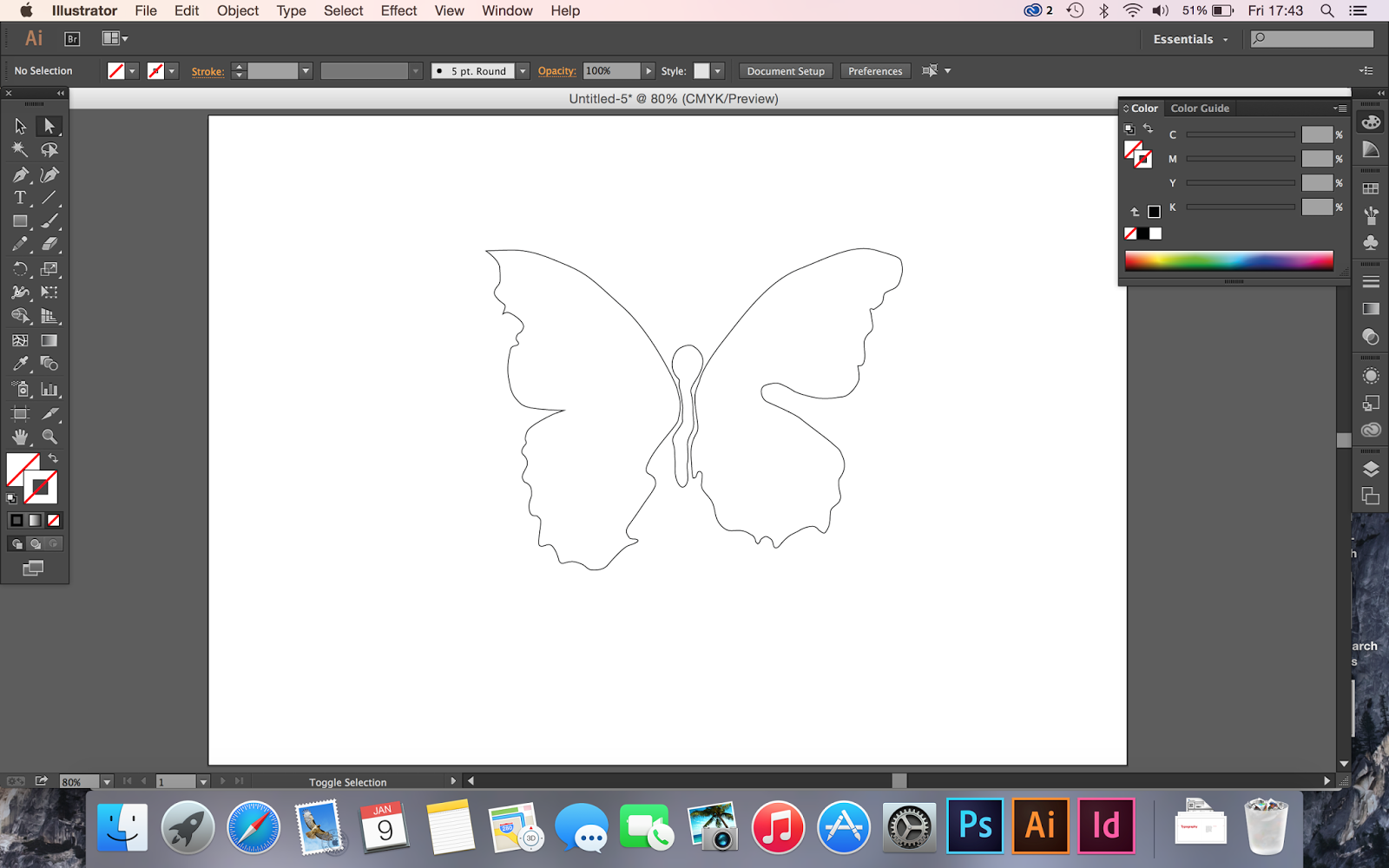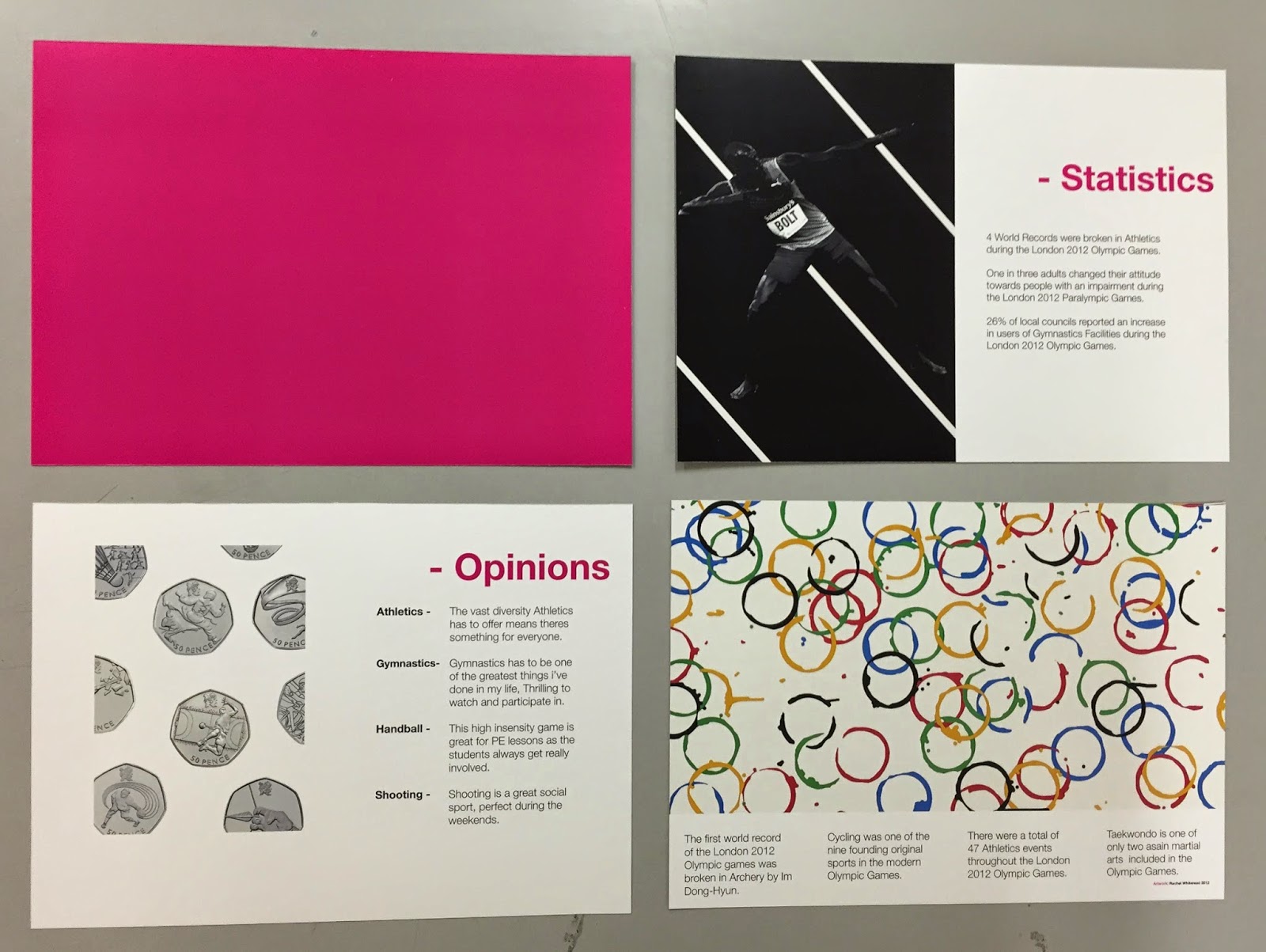OUGD405 - Module Evaluation
Looking at this module in retrospect I feel I have learn a great deal. I feel this module relied more heavily on the experiemental process of how I acheived my final designs, I think I have clearly documented my methodology throught the course of this module. I feel the quality of my outcomes in this module is of a higher quality than those of module one, I think this is because I have now eased into degree level study and have a clearer idea of what is expected through tutor contact and tutuorials. I feel I have aquired a range of new skills for example a more holistic knowledge of software such as Photoshop and Indesign through supervised workshops to acompany relevent briefs. I think this module has also helped me to develop concepts from initial in depth research to a fully developed informed sollutions to a problem.
The first brief allowed me develop my skills in Photoshop through a range of staff lead tutorials to acompany the brief. It made me consider the importance of designing for a particular audience and client as my work needs to appeal to these two audiences otherwise the outcome cannot be considered a success. I was pleased with my outcomes as I felt they represented the target audience and would have been appropriate for a range of clients.
Brief 2 was predominantly a research brief however as I could pick my own collection to research I found this brief interesting and engaging. I was able to experiment with different stock as the physical outcome had no real limitations, this allowed me to create two publications that very loosely introduced me to producing my own publications.
Brief 3 introduced me to editorial design, I learned about different styles of page layout through informed research. I selected the most appropriate content for my publication and designed the spreads with a clear concept that reflected the content. This brief also taught me about full bleed images, grids and gutters all of which I will be able to apply to briefs in the future.
Finally brief 4 allowed me to elaborate on the research complied in briefs 2 and 3. I was introduced to identifying my own problems and writing a brief to resolve this. I feel this brief was alot more creative than some of the other briefs I have been given as it gave me opportuning to produce 3D outcomes that experiemented with different techniques such as laser cutting and drawing through the vinyl cutter.
Overall I am happy with my progress through the module and my development so far in the course. I feel I have learnt a host of new skills such as expanding my knowledge of Photoshop and Indesign which will allow me to create higher quality outcomes in the future. I feel I have a better understanding of the design process as a result of this module and think I have worked more independantly through the course of this module, managing my time according and organising my own bookings, inductions etc. I feel this module has given me more independance when designing through choosinh my own research topic and writing my own briefs, I have enjoyed the development of a concept from researcing to ultimately identifying a problem and solving it accordingly.







































































